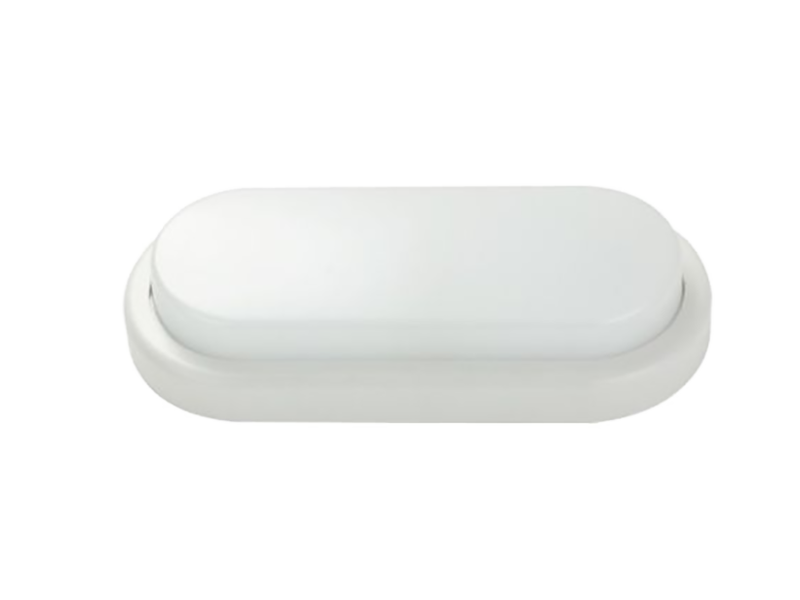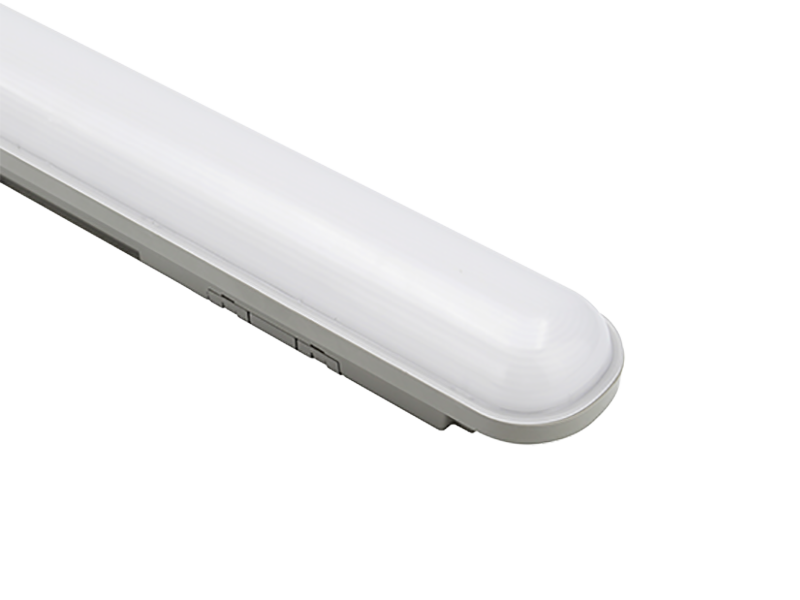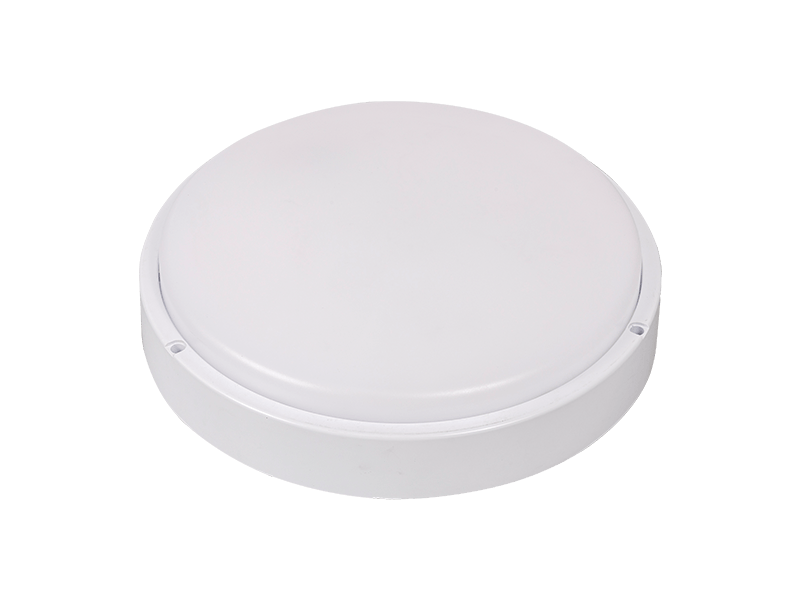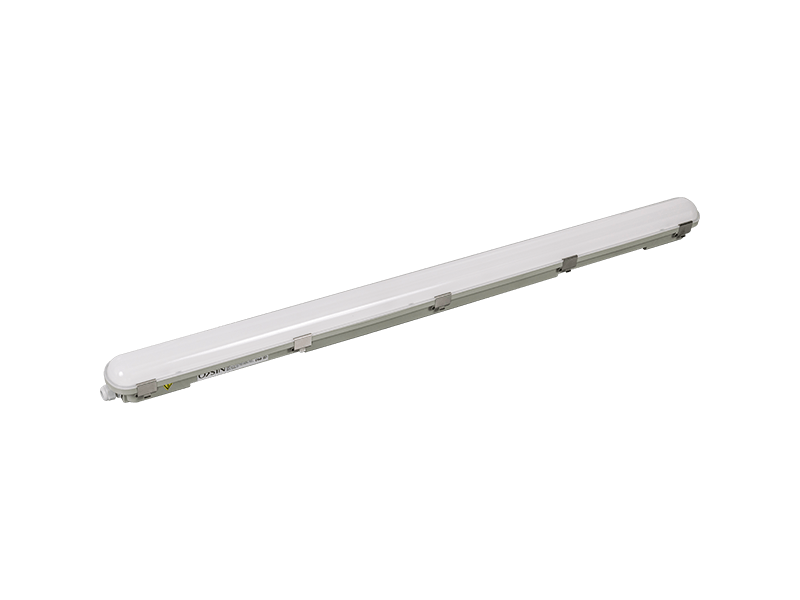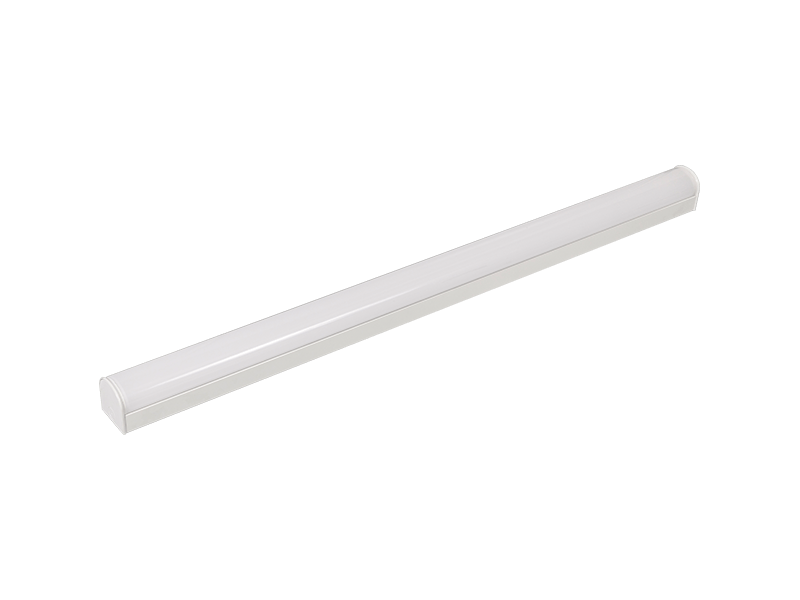In recent years, significant innovations have been made in the technology of IP65 LED bulkheads with a focus on improving energy efficiency. These innovations represent a convergence of advancements in LED lighting technology, optical design, smart lighting controls, thermal management solutions, integrated sensors, and energy-efficient materials. Together, these developments have revolutionized the way LED bulkheads are designed, manufactured, and utilized, resulting in lighting solutions that offer superior performance, durability, and sustainability while minimizing energy consumption and environmental impact.
LED Efficiency Improvements have been a driving force behind the enhanced energy efficiency of IP65 LED bulkheads. LEDs have undergone rapid advancements, resulting in higher efficacy and greater luminous efficiency. Manufacturers have optimized LED chip design, composition, and manufacturing processes to produce LEDs that generate more light output per unit of electrical power consumed. This means that modern LED bulkheads can provide brighter illumination while consuming less energy compared to conventional lighting technologies, such as incandescent or fluorescent lamps.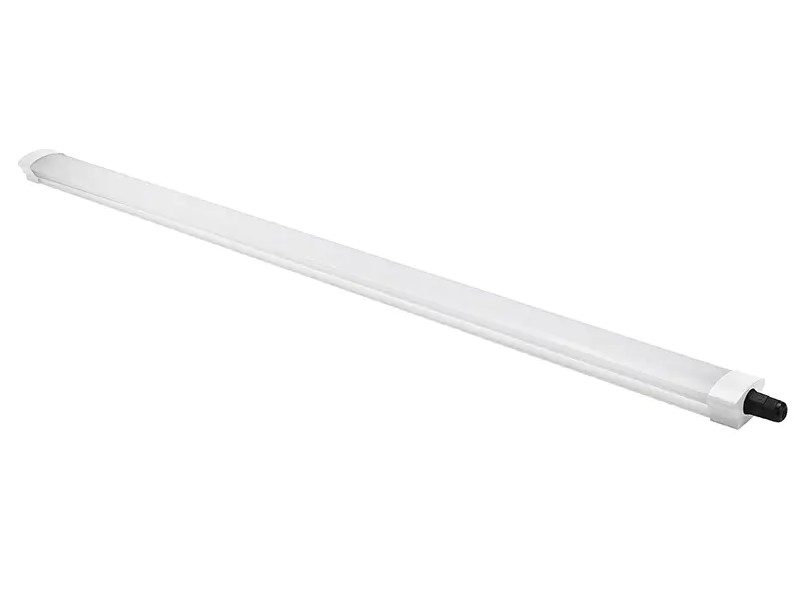
Optical Design Optimization is another key aspect of improving the energy efficiency of IP65 LED bulkheads. Advanced optical systems, including precision-designed reflectors, lenses, and diffusers, are utilized to control the directionality and distribution of light emitted by the LEDs. These optical components help to maximize light output and uniformity, ensuring that a higher percentage of light is directed towards the desired area while minimizing glare and light spill. By optimizing light distribution, optical design optimization enhances the overall energy efficiency and effectiveness of LED bulkheads.
Smart Lighting Controls play a crucial role in optimizing energy usage and reducing waste in LED lighting systems. Many modern IP65 LED bulkheads are compatible with smart lighting control systems, allowing for dynamic control of lighting levels based on occupancy patterns, daylight levels, and user preferences. Features such as dimming, scheduling, occupancy sensing, and daylight harvesting enable LED bulkheads to adapt to changing lighting needs and environmental conditions, resulting in significant energy savings without compromising illumination quality or user comfort.
Thermal Management Solutions are essential for ensuring the longevity and reliability of LED bulkheads. LED lighting generates heat during operation, and effective thermal management is necessary to dissipate this heat and maintain optimal operating temperatures. Innovations in thermal management technology, such as advanced heat sinks, thermal interface materials, and passive or active cooling systems, help to efficiently remove excess heat from the LEDs and luminaire components. By minimizing thermal stress and ensuring proper thermal dissipation, these solutions improve LED efficiency and reliability while extending the lifespan of LED bulkheads.
Integrated Sensors and IoT Connectivity enable advanced energy-saving functionalities in IP65 LED bulkheads. Motion sensors, occupancy sensors, and ambient light sensors can be integrated directly into the luminaire, allowing for automatic dimming or switching of lights based on occupancy status and ambient light levels. Additionally, IoT connectivity enables remote monitoring, control, and optimization of lighting systems, providing insights into energy usage and opportunities for further efficiency improvements. By integrating sensors and IoT connectivity, LED bulkheads can adapt to dynamic lighting requirements and environmental conditions, resulting in enhanced energy efficiency and performance.
Energy-Efficient Components and Materials are continually being developed to further improve the energy efficiency of LED bulkheads. Manufacturers are exploring new materials and components that contribute to reduced power consumption, improved efficiency, and enhanced durability. For example, the development of more efficient LED drivers, power supplies, and electronic components helps to minimize power losses and optimize system efficiency. Similarly, advancements in the design and manufacturing of light fixtures using lightweight and durable materials help to reduce energy consumption associated with transportation, installation, and maintenance.

 Search
Search English
English Español
Español